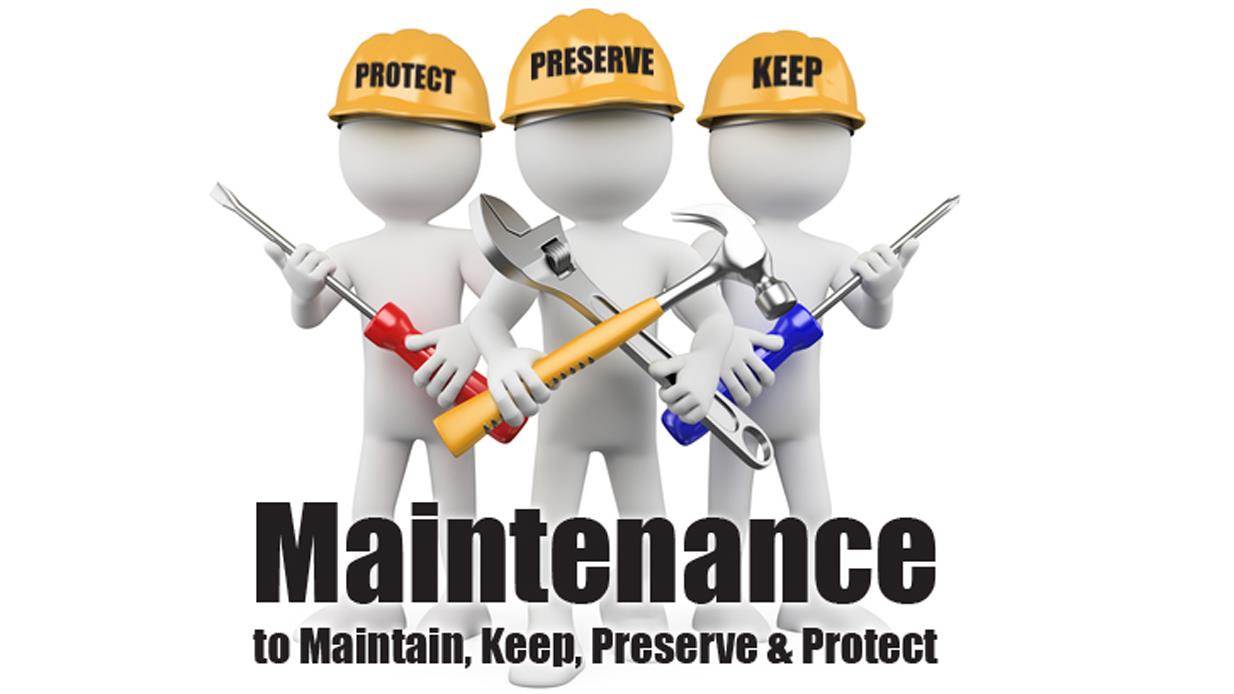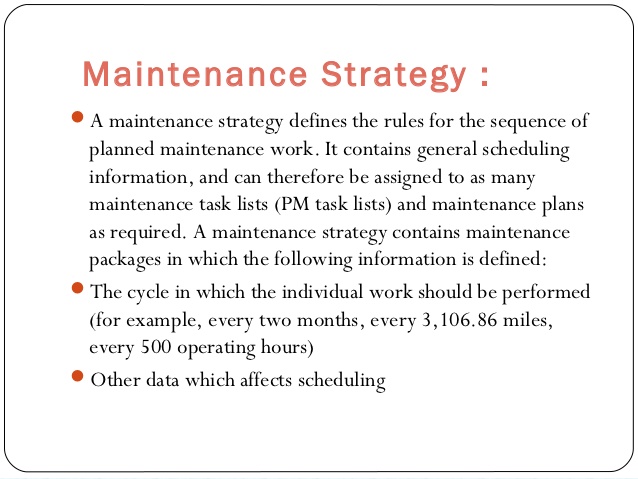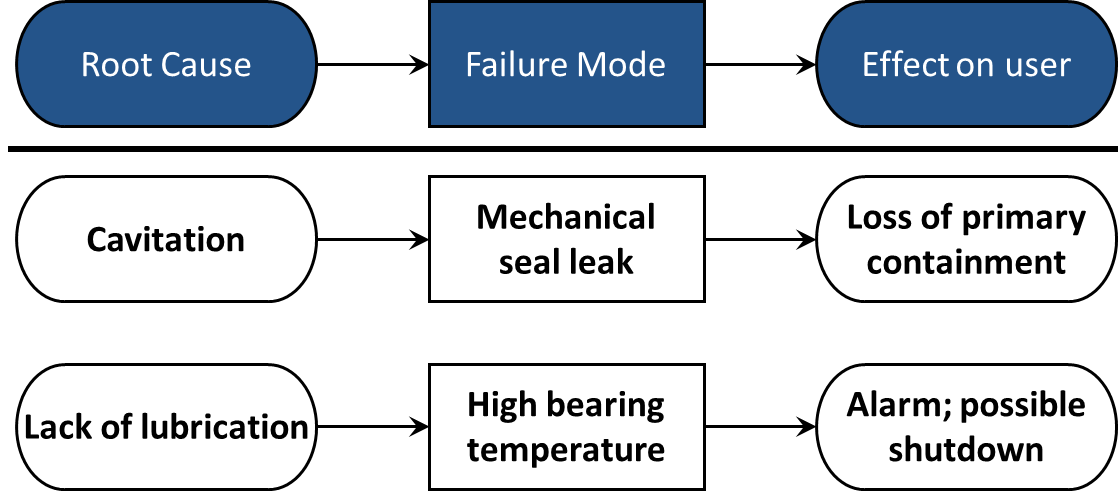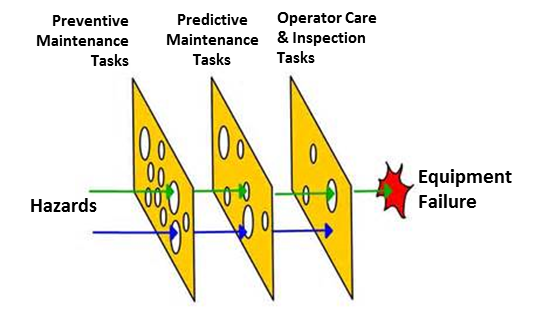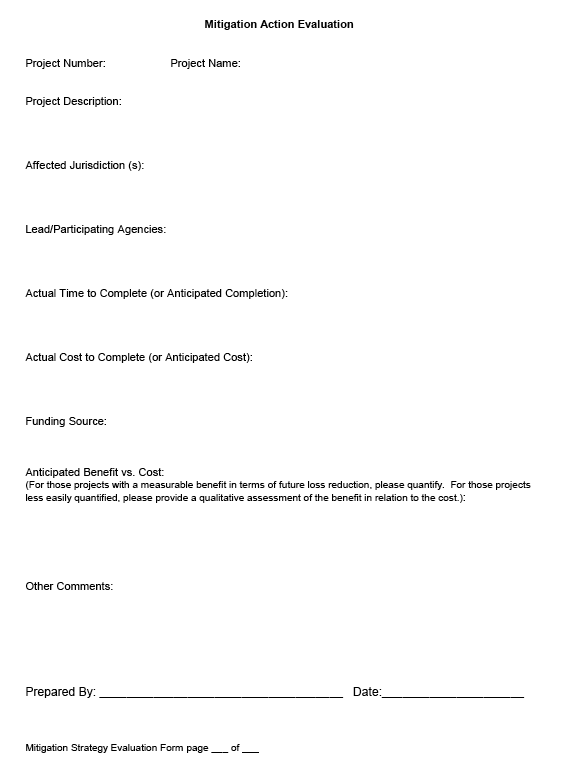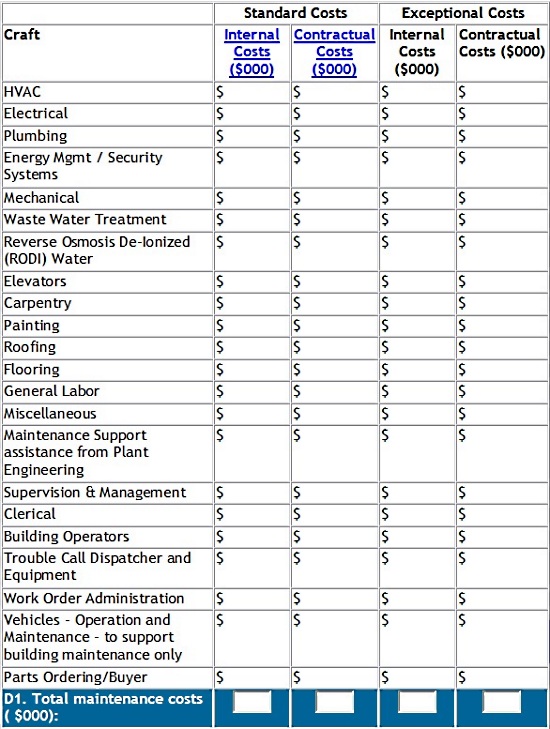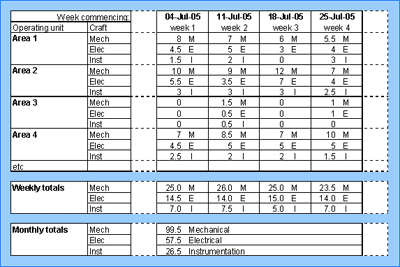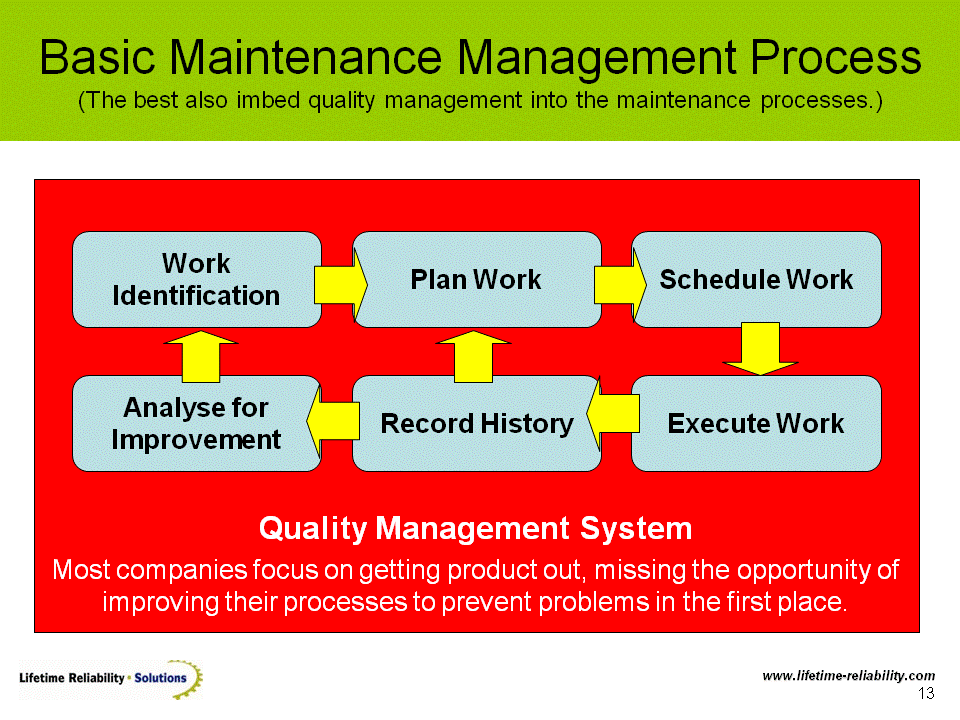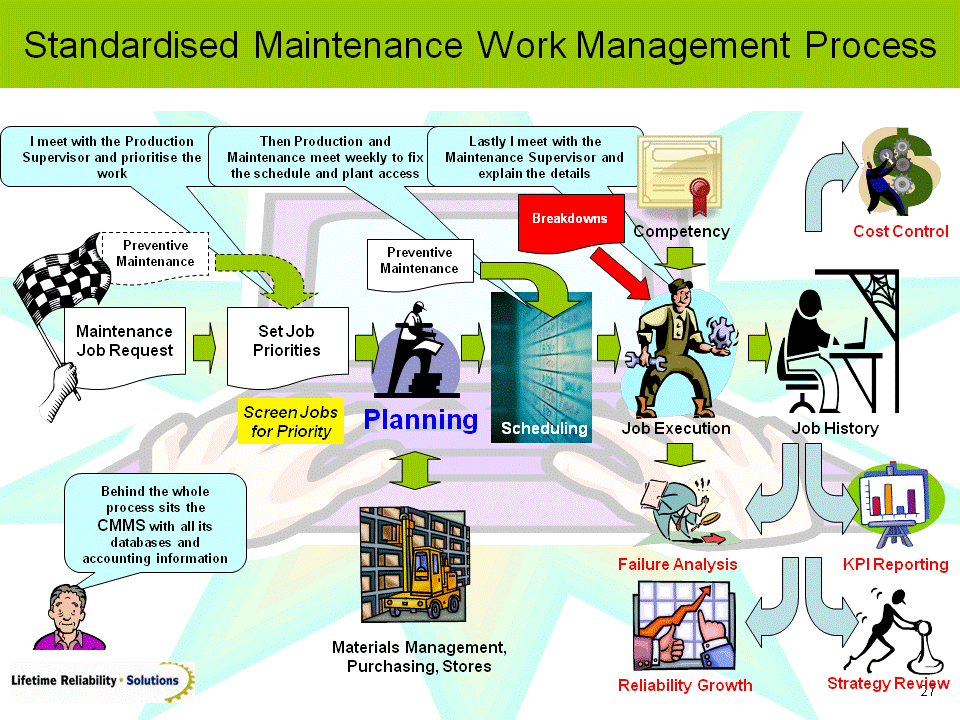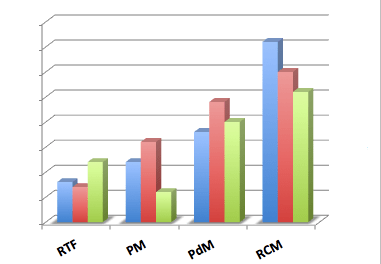10+ Maintenance Strategy Plan Examples to Download
Maintenance is an important aspect in a business’s pursuit for optimal performance. This is most applicable to the materials and equipment that are absolutely indispensable to a company. Irregardless of how big and successful your business is, buying new equipment to take the place of those that are broken is never a good investment. Which means that if you want to avoid making this a habit for your business, maintenance should be one of your basic priorities.You may also see strategic planning checklists.
Maintenance Strategy Plan Diagram
Reliability-Centered Maintenance
Maintenance will also help you make sure that your equipment are still safe to be operated. Time and usage can decrease a machine’s performance and you don’t want to learn this fact by having one of your employees be the victim of an equipment-related mishap. There might be small leaks and malfunctions in your machine that only maintenance can discover.Maintenance can also help you prolong the life of your equipment. By keeping it clear of the normal wear and tear that machines are forever subjected to, you can be assured that it will give a more efficient performance and relatively longer life span that will save you a considerable amount of money.You may also see HR strategy plan
Maintenance Strategy Example Definition
Most importantly, maintenance will save you time and money in the long run, and this is something that a business must always strive for. Although regular equipment checkups may cause a slight inconvenience to your production, that is nothing in comparison to having to stop production altogether simply because your machinery broke down in the most unexpected, disadvantageous time.
Save yourself such inconvenience by conducting regular preventive maintenance. This will help you check the hydraulic, pneumatic, electrical, and mechanical parts of your apparatus which will help you make sure that your machine is in perfect working condition.You may also see networking strategy plan
Failures for Maintenance Strategy Planning
What Is a Maintenance Strategy Plan?
Maintenance does not only mean tweaking the machine. Before conducting one, especially for the first time, you must plan it all ahead, with details and specifications clearly arranged. Otherwise, your equipment may be damaged because of careless, haphazard maintenance. A maintenance strategy plan will help you arrange and transcribe all of this.You may also see communication strategy plan
A maintenance strategy’s main goal is to make sure that an equipment will run exactly when you need it to. In the old, uncivilized days, we used to wait for a machine to break down and burst into flames before we fix it. Now, we keep it from happening by conducting a thorough maintenance and checkup so that our machine will keep running because we need it that way.You may also see recruitment strategy plans.
Maintenance Tasks
A maintenance strategy plan will help you control failure that is brought about by machines who have given up on working. For companies and businesses who rely mostly on their equipment to do the job for them, a mishap such as this will cost the company a lot. Which means that having this at the very start of your business is just as important as all the other initial preparations you should conduct. This will help you maximize your production and minimize your waste.
Maintenance Plan Evaluation
The Structure of a Maintenance Strategy Plan
1. Strategy Header.
Your header should include the title or name you are giving to your strategy plan (which will help with documentation) and a short text preferably explaining or providing a general view of your strategy plan.
2. Scheduling Parameters.
Your scheduling parameters will include a detailed scheduling data of the respective maintenance strategy you want to conduct. Of course, you can’t simply decide to have one on a day when you feel like having it because, as aforementioned, there are certain preparations involved. Your scheduling parameters will keep everyone knowledgeable of when one should be conducted so they can help with the preparations.You may also see training plans.
Preventive Maintenance Plan Sample
3. Scheduling Indicators.
This will help you prepare a definite cycle set with which every maintenance will be conducted. It can be any of the following:
- Time-based. (Every 30 days.)
- Time-based by key date. (For example, every 30 days every 30th day of the month.)
- Time-based by factory calendar. (Every 30 working days.)
- Performance-based. (For example, every 168 operating hours.)
Constructing an Effective Maintenance Plan
Common Maintenance Strategy Examples
Developing and creating a maintenance strategy plan will depend largely on the assets of the company and the operation of the equipment. Listed below are some of the maintenance strategy types that you may adapt for your business, with their pros and cons and the situations they will be most effective in.You may also see business plan.
1. Run-to-failure or the Breakdown Maintenance.
This type of maintenance strategy is only effective for a machinery that serves a small role in the business, or those that are not very important and necessary, and which are not very costly. A run-to-failure strategy designates a machinery to be fixed only when it breaks down. Its parts may be restored or replaced until it can no longer function and a new one would be needed.You may also see marketing plans.
This is because a non-critical piece of machinery does not have to cause you an added amount of inconvenience and money. This type of equipment can run for a long time even without regular maintenance, so save yourself the cash and the hassle by waiting until it stops working before you do something about it. Machines who should be under the breakdown maintenance should be those that have no direct impact on a company’s production.
2. Preventive Scheduled Maintenance.
This is the most common type of maintenance strategy that big and mid-sized companies make the most use of. A preventive scheduled maintenance works by taking the assets offline and inspected at designated intervals, and repaired if necessary. This strategy is quite simple but it can help a company save a substantial amount in the long run, which is why most companies prefer to use it more than the other types of marketing strategies.
The only tricky part about this maintenance strategy is the schedule by which it should be conducted. Say you conduct a preventive maintenance every 3 months. For the first few times, this may bring about positive results for everyone. However, this schedule may not always be effective every time. An annual review of the scheduled maintenance should be done to make sure that the equipment is still wholly effective and that the schedule is just as much.
In accordance to this, the schedule may be changed, lengthened, shortened, or swapped in accordance to what will work best for the machine. A serious attention should be given to this part of the strategy-making.You may also see company plans.
Basic Maintenance Management Process
3. Predictive Maintenance.
A predictive maintenance is a little more complex than the two other strategies that have been discussed. It will involve monitoring the equipment to generate work orders based on the data and meter reading conducted by a machine monitoring device.
However, there is also a simpler method that would only need a visual inspection by the operators. The simple act of studying a machine’s performance based on its quality and speed can tell you a lot about its present state. If it is not working as efficiently as it normally should, conduct a predictive maintenance to answer whatever issues your machine may be having.You may also see risk plans.
An advantage of predictive maintenance is that it can save you money and manpower that is usually spent on maintenance. Since you are studying your machine first before you conduct a maintenance procedure, you will know if your machine actually needs one. If it doesn’t, and, based on your accurate observation, it is in a sound present state, you can skip your maintenance and have one administered at a later time.You may also see sales plans.
Predictive maintenance will also help you gather more insight on your machine’s performance and potential issues that may arise if not prevented.
4. Reliability-Centered Maintenance
This strategy is more in-depth than the rest. It revolves around the idea that analyzing all the possible aspects where an equipment can be damaged in the future and creating a customized maintenance strategy plan for each one of these issues and individual machines is the most effective approach to maintenance.You may also see management plans.
Although this strategy is effective, it is too sophisticated especially for small businesses. In terms of practicality, this strategy is also not the first thing that will come to mind. However, there are certain elite organizations that have perfected this technique. If you think that this strategy will work best for your business, then it is time that you start adapting it.You may also see mass marketing.
Standardized Maintenance Work Management
Why Does an Equipment Fail?
Maintenance strategy would not be needed if machines are always in perfect working order. However, they are not. Which is why we are talking about maintenance strategies and their importance. But let us get a better grasp on the reason why our machines are failing us. Here are a couple of reasons why:
1. Over-stressed components.
Machines are designed to be overworked and to be subjected to extreme workloads. However, things like overheating or overloading them may just cause them to break down. Imposing a machine to environmental stress can cause its endurance to decline considerably. This can damage your equipment.You may also see event plans.
2. Physical attack.
Physical attacks are not under our control but we can conduct measures to eradicate or at least manage them. These physical attacks may include rust, wear, erosion, or chemical corrosion.
3. Errors or mistakes.
This is a damaging factor that is caused by careless and ignorant operators. Machines, as big and bulky as they are, actually have very sensitive parts and the slightest misuse of it may result in considerable damages. These mistakes may include not putting oil into the gearbox before starting the machine or subjecting it to chemicals that may be harmful to it. It is best to brief your machine operators on how to properly handle a machine in any situation to avoid this.You may also see service plans.
4. Poor design choices or poor factory quality.
This is a mistake performed by the manufacturer of the machine. However, if you don’t notice it in time with the warranty insurance, you may be forced to pay for damages caused by inaccuracy done by the manufacturer. This may include poor welding or incorrectly placed holes or undersized equipment.You may also see treatment plans.
5. Lack of maintenance and care.
This is a blunder we want to avoid by conducting regular maintenance with the help of a carefully designed maintenance strategy plan. This will keep problems and issues from accumulating to the point where the machine is beyond repairable. This includes even the slightest irresponsibility such as not changing the machinery oil and not cleaning the equipment after use.You may also see development plans.
4 Approaches to Maintenance Strategy
Maintenance is an act that is not only necessary to machines and equipment. A lot of aspects of a business should be regularly checked to make sure that you are not held at a disadvantage by your own carelessness. Irregardless of the cause of the failure of your apparatus, it is important to conduct a thorough checkup at intervals to make sure you get the most out of what you pay for. A maintenance strategy plan will make this easier and more organized.You may also see evaluation plans.


